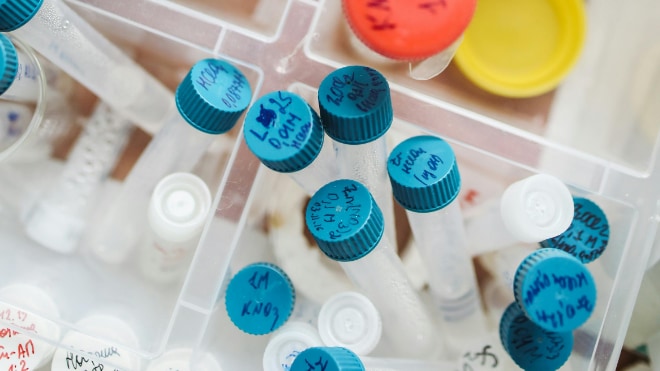
The transition from IVDD to IVDR replaces the list-based classification system with a risk-based approach for in vitro diagnostic medical devices. To ensure compliance, manufacturers must thoroughly understand the classification rules outlined in Annex VIII of the IVDR.
What has changed?
A significant change for manufacturers with the transition from IVDD 98/79/EC to EU IVDR 2017/746 is the shift in classification of in vitro diagnostic medical devices from a “list-based” system to a “risk-based” approach.
Under the IVDD, devices were categorized into List A and List B based on specific medical conditions. Devices on these lists required Notified Body submission, while all others were considered self-certifiable.
In alignment with EU MDR, classification of in vitro diagnostic medical devices is now risk-based and moves through a system of class A, B, C and D. This classification considers both patient risk and broader public health implications. To achieve this, the IVDR makes use of 10 implementation rules and 7 classification rules to classify in vitro medical devices (Annex VIII IVDR).
Risk categories explained
The risk of in vitro diagnostic medical devices is assessed based on the potential consequences of an incorrect result or diagnosis.
Class A is the lowest risk category. It includes general laboratory devices, instruments and specimen receptacles. Non-sterile Class A devices can self-certify for a CE mark, meaning that they do not have to complete the process of conformity through a Notified Body.
Class B risk category is the default class for all in vitro medical devices which are not covered specifically by other classification rules. It covers devices which are considered to be lower risk to patients and to the wider population. Examples include self-testing devices for pregnancy and fertility, self-testing kits for blood cholesterol or glucose levels, and urine tests for white or red blood cells, or bacteria.
Class C includes IVDs that pose a lower risk to the wider population but a higher risk to the patient if the test result is inaccurate. In these cases, a diagnostic failure could have life-threatening consequences, such as in tests for infectious diseases or cancer. This class also covers companion diagnostics and genetic screening. Companion diagnostics are IVDs which provide information which is essential for the safe and effective use of a corresponding drug or biological product.
The highest risk classification is Class D. This class includes IVDs which test for general life-threatening conditions, and more specifically, for highly transmissible infectious agents in blood and biological material, which may be transplanted or readministered into the body. These transmissible agents may also present a high risk to the wider population. Class D also includes IVDs for blood grouping and tissue typing.
Consequences of the new classification rules
A major impact of the new risk classification system under IVDR is that approximately 78% of IVDs now require Notified Body certification, a significant increase from just 8% under the previous IVDD1. Initially there was a backlog in conformity assessments due to the low number of IVDR designated NBs. However, that has been rectified to some extent, with 12 notified bodies designated for IVDR submissions as of October 2024.
Results from a recent Notified Body survey2 on certifications and applications, performed by the European Commission, found that one of the primary reasons for IVDR application refusals of IVDR applications was “wrong qualification/classification of device”. This highlights the importance of understanding and implementing the classification rules of Annex VII of the IVDR prior to the production of the technical file.




















